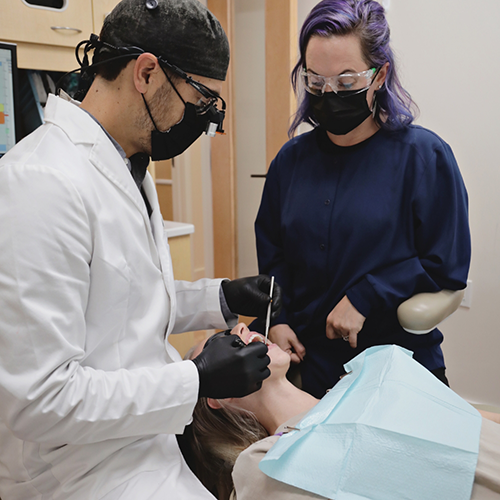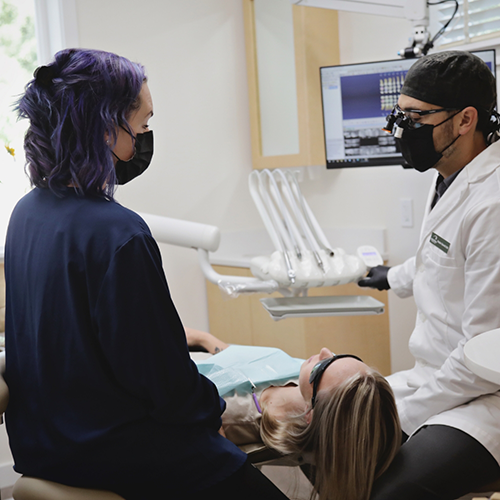Preventive Dentistry – Langley, WA
Keeping Your Family’s Smiles Safe
Instead of waiting until there’s a problem with your smile to see the dentist, why not take steps to avoid oral health issues altogether? Having a thorough checkup and cleaning performed every six months can lower your risk for tooth decay and gum disease, and it could potentially allow you to save money that you may have otherwise had to spend on more extensive dental procedures. Give us a call today if you’re interested in scheduling a routine dental appointment; Dr. Giswold and Dr. Talbot are ready to help you and your loved ones achieve healthier, happier smiles with preventive dentistry in Langley.
Why Choose Saratoga Dental for Preventive Dentistry?
- Award-Winning Dentist with Top-Tier Training
- Choose from Our Comfort & Relaxation Menu
- Modern Practice with the Latest Technology
Dental Checkups & Cleanings

A dental checkup generally entails taking a close look at your teeth and gums to see if there are any issues developing. We will take X-rays to get a complete picture of the state of your oral health, and we can also use VELscope® to screen for oral cancer. In addition to keeping an eye out for existing problems, we will do our part to reduce the risk of future ones happening by removing any plaque and tartar deposits that we find.
Gum Disease Treatment

Are your gums sore or inflamed? Does it seem like they bleed easily? If any of these symptoms are present, you might have gum disease. In order to treat the problem, we may recommend scaling and root planing in order to get rid of the bacteria beneath your gum tissue. Depending on your circumstances, our team may suggest other solutions such as antibiotic therapy or a laser periodontal treatment performed with a sapphire diode laser.
Dentistry for Children

It’s important for your child to start developing the right oral health habits as early in life as possible, and seeing a trustworthy dentist regularly is certainly an important practice to get into. Don’t hesitate to give us a call if you would like to schedule an appointment for your little one. In particular, if your child has a lip or tongue-tie that’s causing breastfeeding difficulties or affecting their oral development, we’ll be more than happy to treat the issue with a quick, gentle laser frenectomy.

